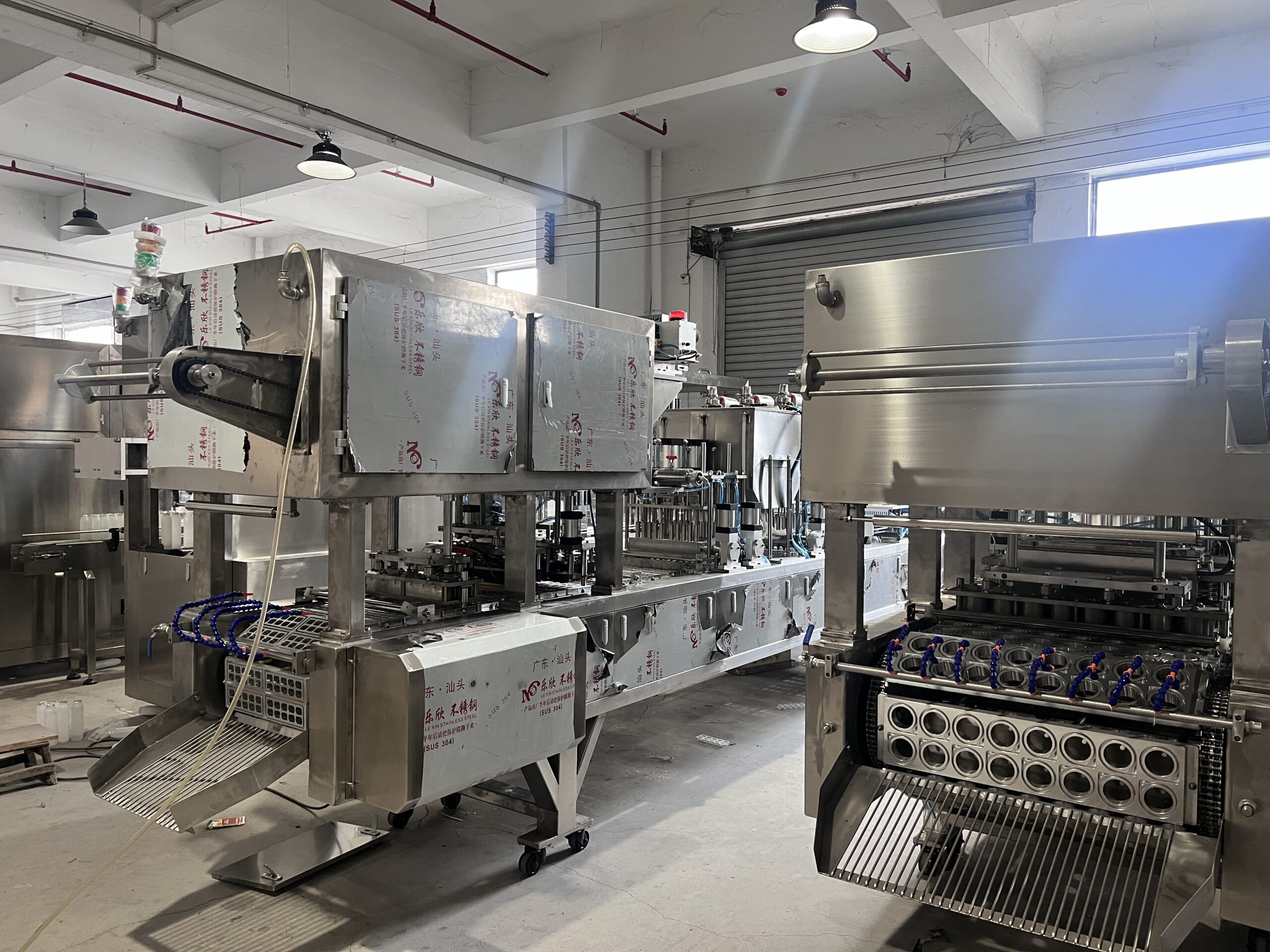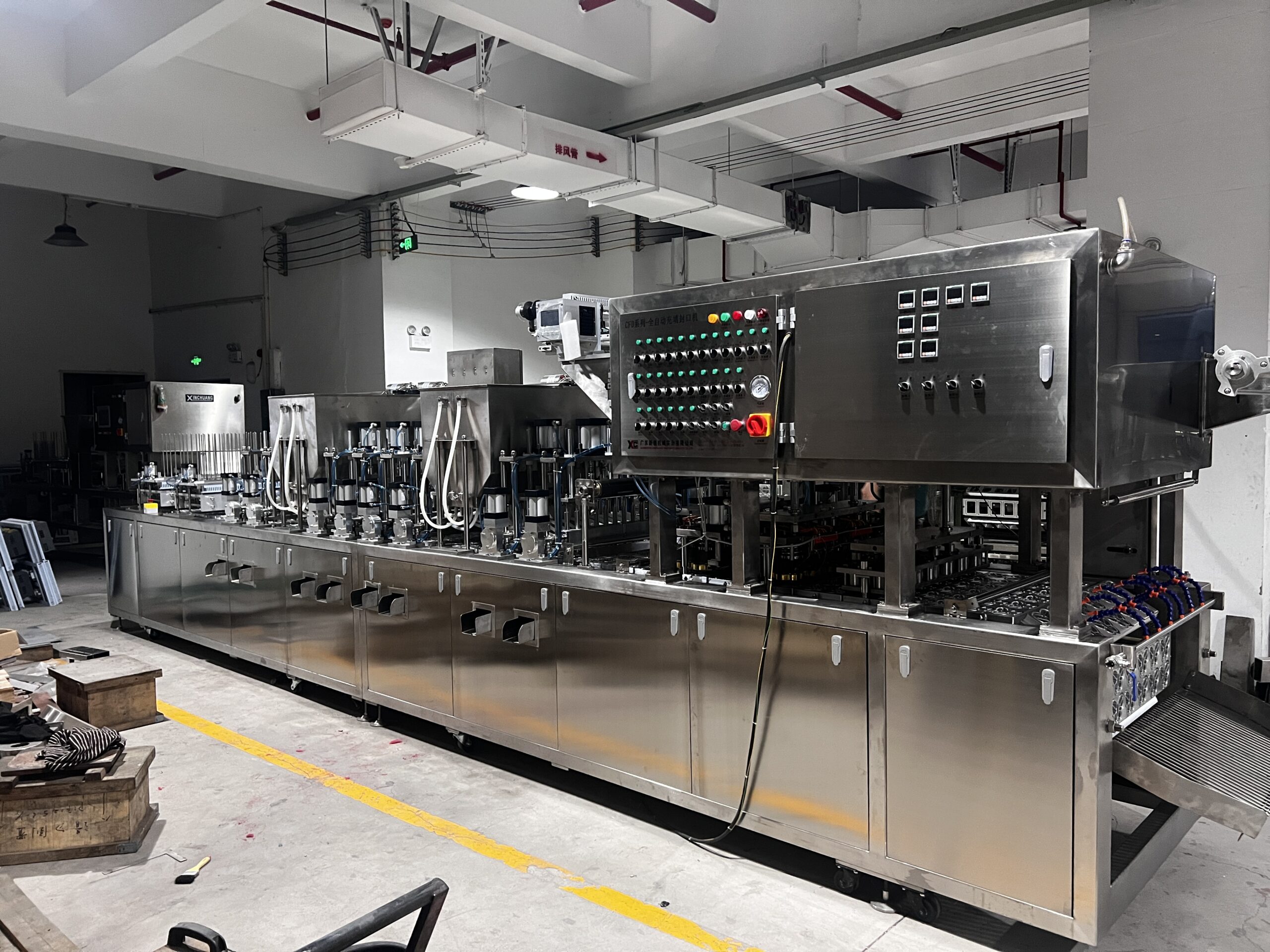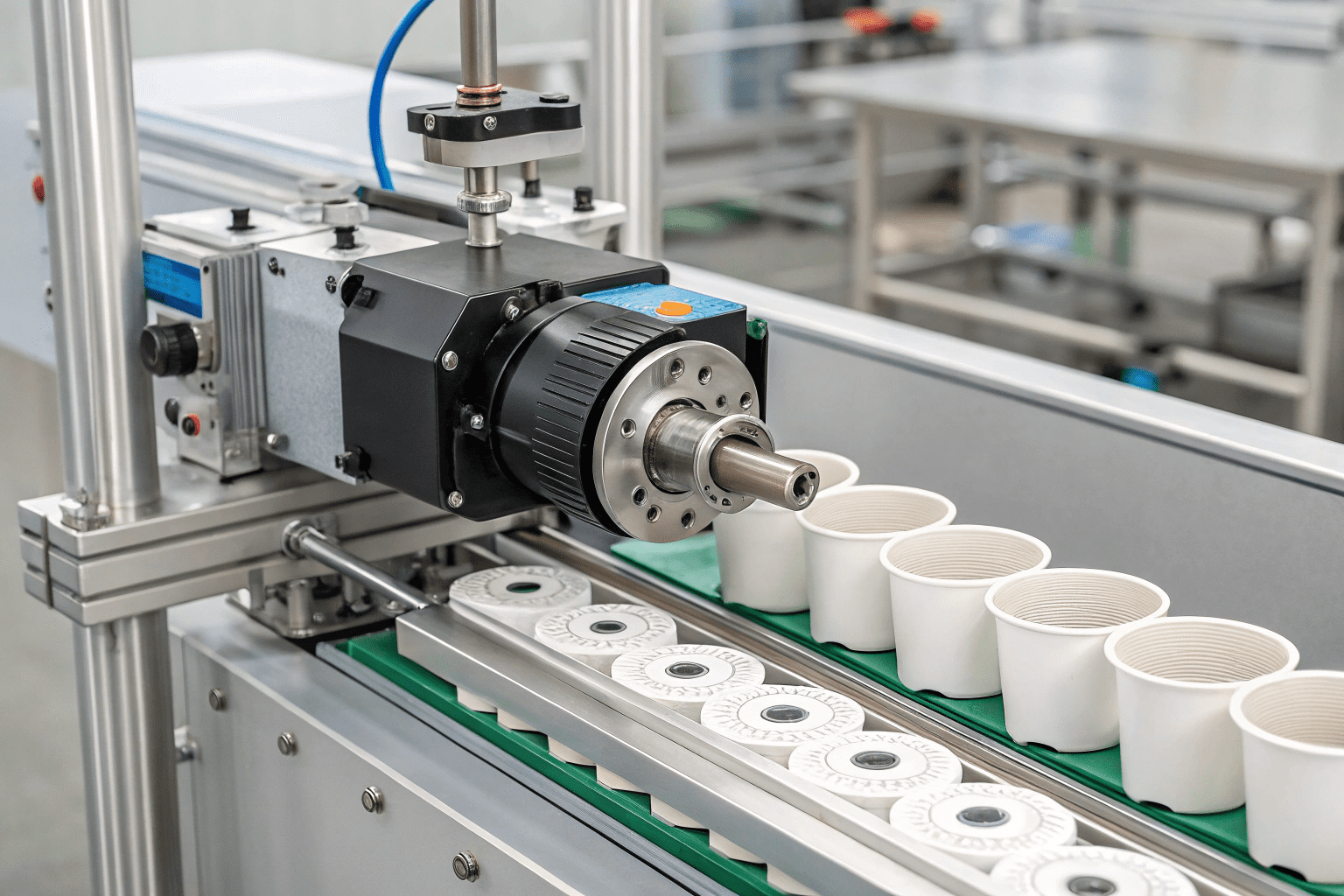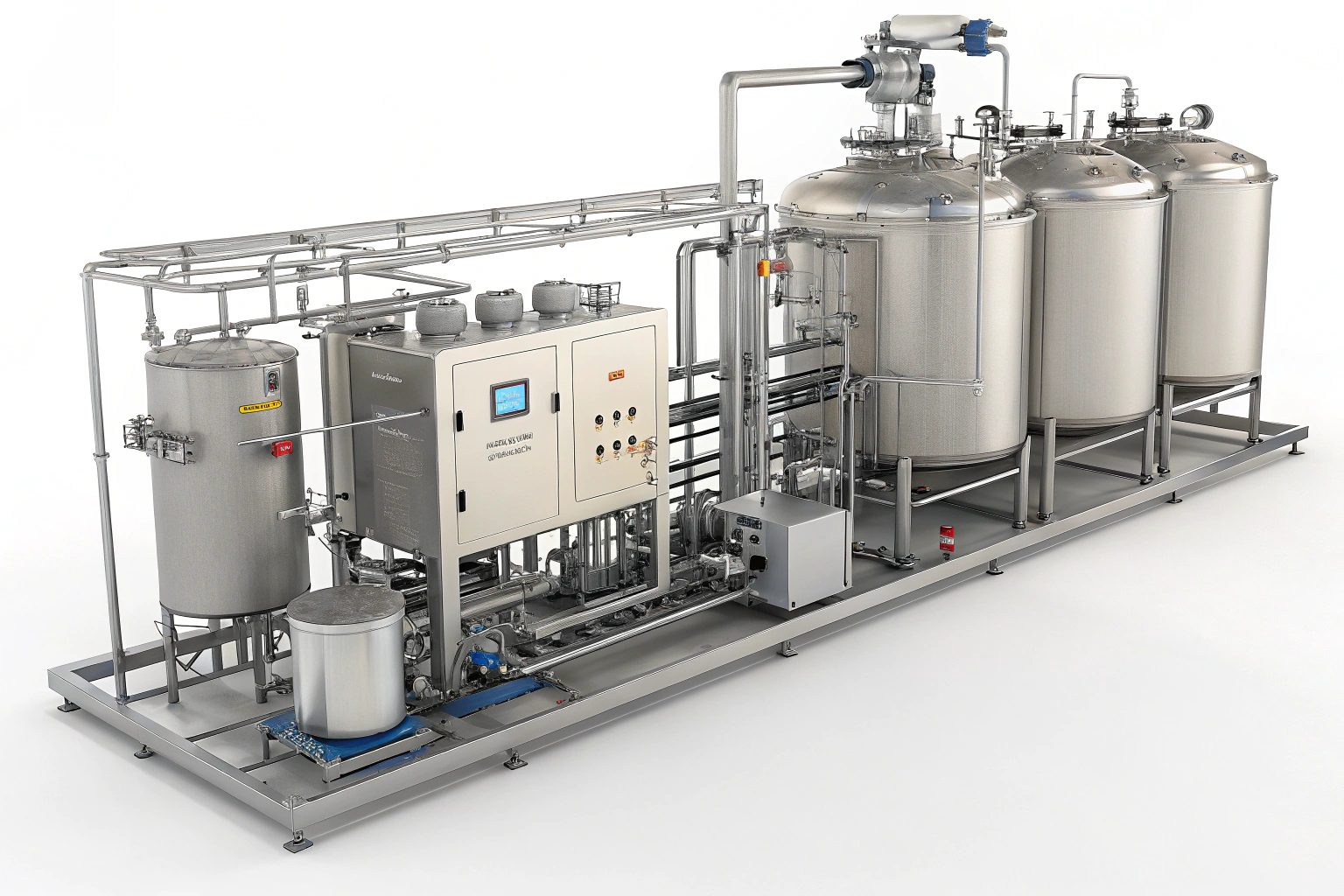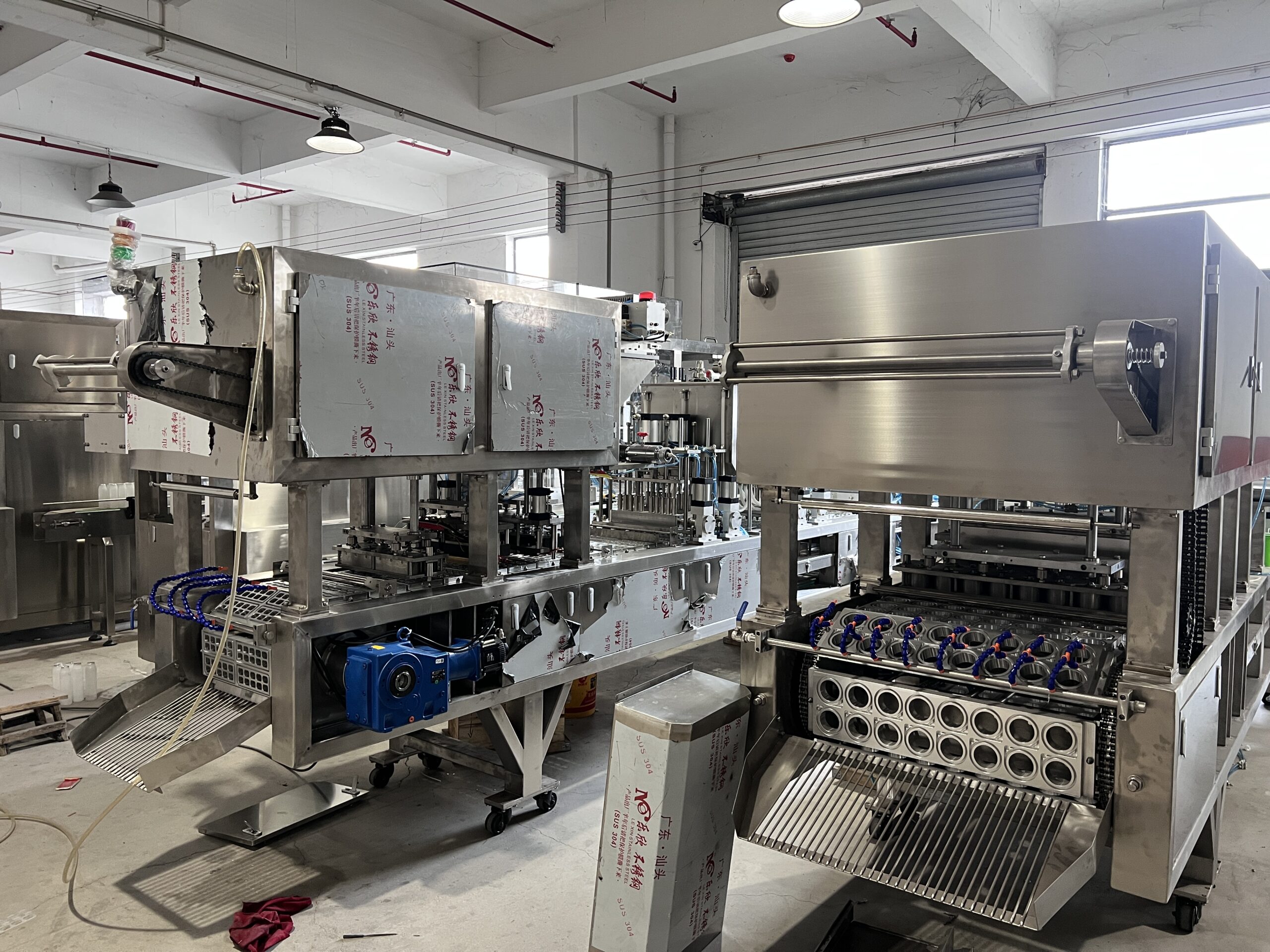How Do Servo Motors Improve Cup Filling and Sealing Machine Performance?
Are your filling machines struggling with consistency? Inaccurate fills and slow cycles can really hurt your production goals. Servo motors offer a powerful solution to these common problems.
Servo motors drastically improve cup filling and sealing machine performance by providing exceptional precision, speed, and torque control. This leads to higher efficiency, greater accuracy in filling and sealing, faster production rates, and better synchronization between machine parts.
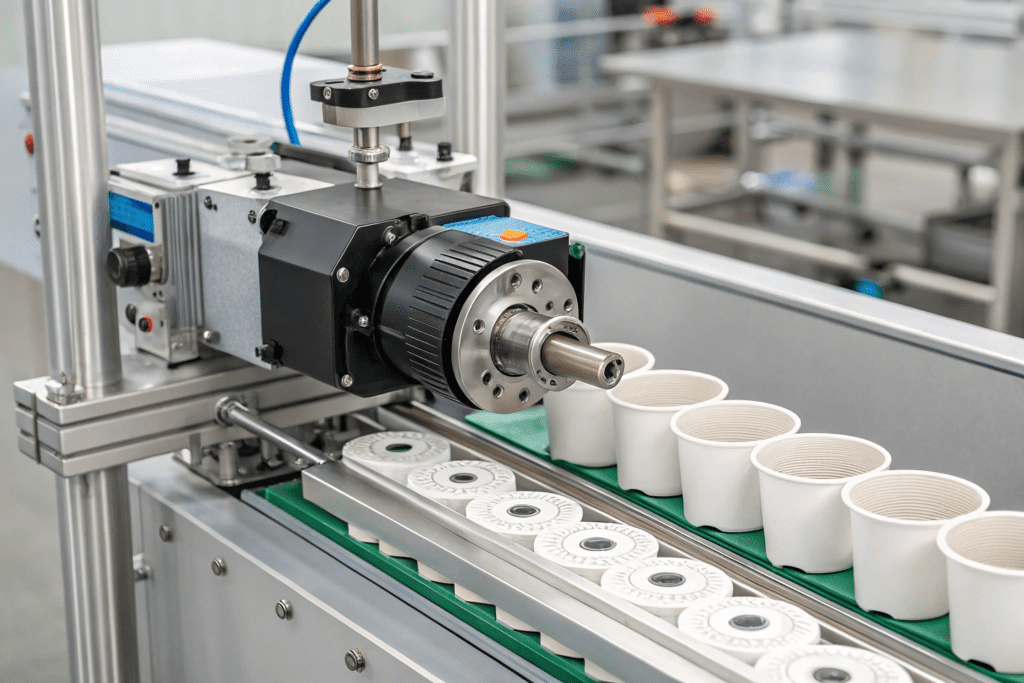
Understanding these benefits is key before investing in new equipment. Let’s explore how this technology transforms the capabilities of automated packaging lines, making them faster, more reliable, and more efficient for businesses like yours.
What Are the Specific Benefits of Using Servo Motors?
Tired of inconsistent product fills or messy seals? These issues often stem from limitations in motor control. Using servo motors directly tackles these problems for better overall machine function.
The main benefits include precise control over movement and position, high operational speeds, consistent torque delivery, improved energy efficiency, and enhanced synchronization between different machine stations, boosting overall productivity and quality.
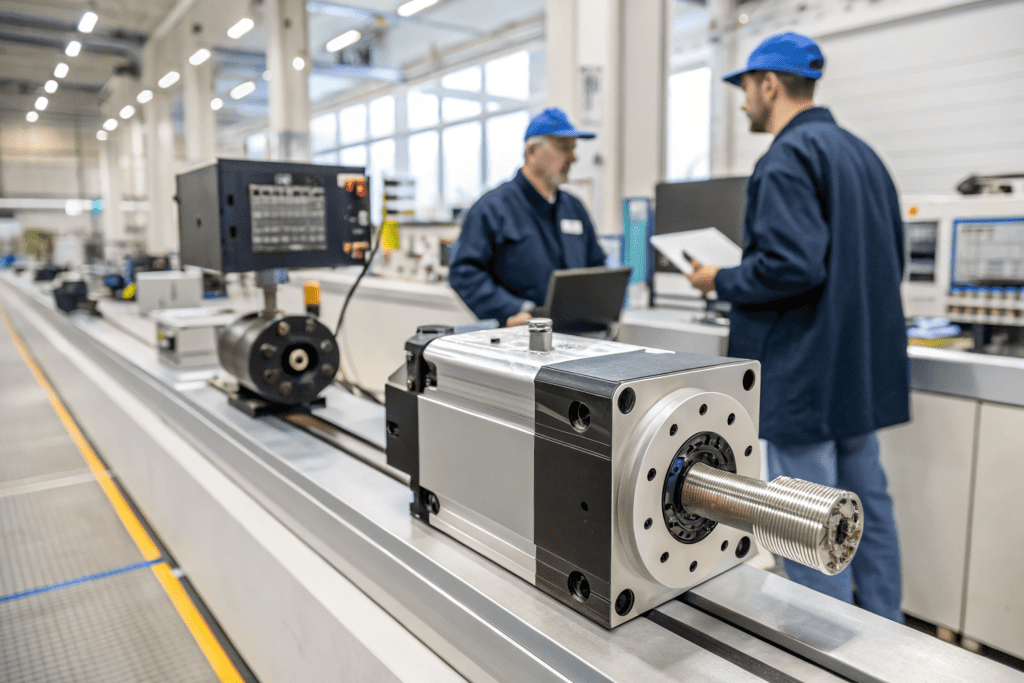
These advantages aren’t just small improvements; they fundamentally change how a filling and sealing machine operates. For businesses aiming for higher output and better product quality, especially in competitive markets, understanding these benefits is crucial. Let’s break down how each benefit impacts your production process.
Deeper Dive into Servo Advantages
Servo motors bring several key improvements to the table for filling and sealing operations. I’ve seen firsthand how these translate into real-world results for our clients.
-
Exceptional Precision1: Servos use feedback systems (like encoders) to know their exact position. This means filling nozzles stop at the precise point needed, ensuring consistent fill volumes every time. It also guarantees sealing heads apply pressure accurately for perfect seals, reducing waste and leaks. For products like yogurt or jelly, where exact volume matters, this is vital.
-
High Speed2: Servo motors can achieve and maintain high speeds without losing accuracy. This directly translates to faster cycle times for filling, moving cups, and sealing. For clients needing high throughput, like producing thousands of juice cups per hour, servo-driven machines are essential.
-
Controlled Torque3: They provide high torque even at high speeds and can precisely control the force applied. This is important when sealing different film types or filling thicker materials like pastes or creams, ensuring the machine handles various products effectively.
-
Improved Synchronization: In a multi-stage process (cup dropping, filling, film placing, sealing, output), servo motors allow perfect coordination between stages. This smooth, synchronized operation prevents jams and ensures the machine runs efficiently, even at high speeds.
Here’s a simple breakdown:
| Benefit | Impact on Filling/Sealing Machine | Why It Matters for Production |
|---|---|---|
| Precision | Accurate fill volumes, consistent seal application | Reduces product waste, ensures package integrity |
| Speed | Faster cycle times, higher machine throughput | Increases overall output |
| Torque Control | Handles various materials, consistent sealing pressure | Versatility for different products, reliable seals |
| Synchronization | Smooth operation between stations, fewer jams | Maintains high speed, reduces downtime |
At Xinchuang Machinery, we often recommend servo-driven systems, especially when clients need high output (like 20,000+ pieces/hour) or work with products requiring very precise fills. The ability to customize the machine based on servo capabilities allows us to meet specific production goals effectively.
What Makes Servo Motors Better Than Stepper Motors for These Machines?
Choosing between motor types seems technical, but it impacts performance. Stepper motors are common, but do they limit your machine’s potential? Servo motors offer distinct advantages for demanding applications.
Servo motors outperform stepper motors mainly due to their closed-loop feedback system ensuring accuracy, higher speed capabilities, better torque consistency across speeds, and smoother operation, which are critical for reliable filling and sealing.
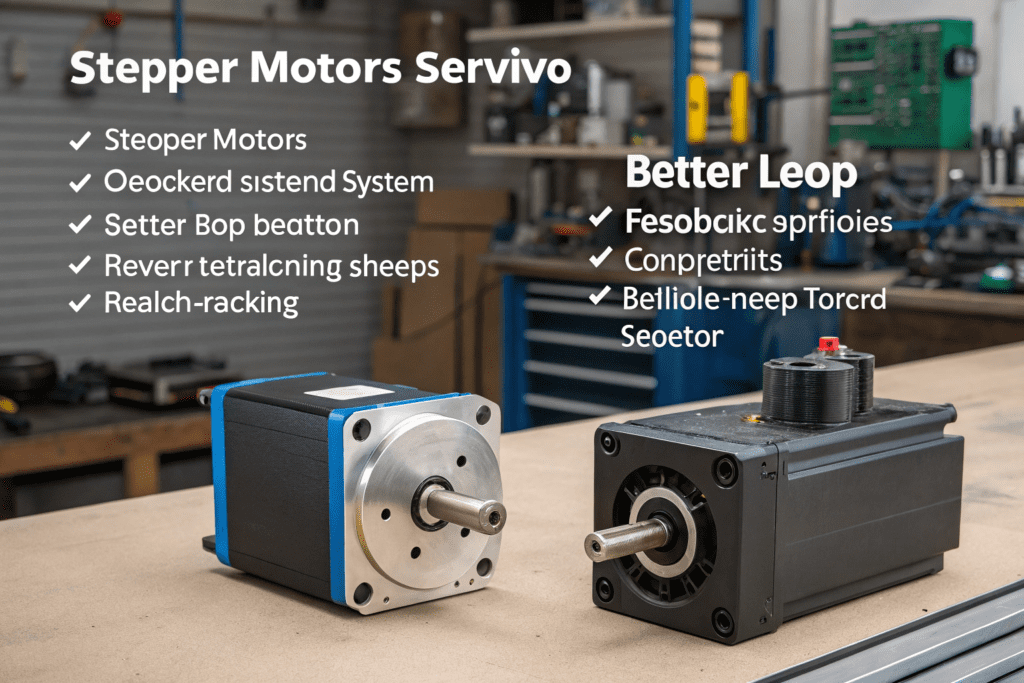
While stepper motors have their place in simpler automation, the requirements of modern food packaging often demand the superior performance servos provide. For operations targeting efficiency and reliability, especially in developing markets where robust machinery is key, the advantages are clear. Let’s compare them more closely.
Servo vs. Stepper: A Clearer Look
When we design machines at Xinchuang Machinery, the choice between servo and stepper motors often comes up, especially when clients are balancing cost and performance. While stepper motors might seem appealing due to lower initial cost, servo motors consistently prove better for most filling and sealing applications our clients need.
-
Feedback System: This is the biggest difference. Servos use a closed-loop4 system. An encoder constantly tells the controller the motor’s actual position. If it’s wrong, the controller corrects it instantly. Steppers use an open-loop system – they move based on input pulses but don’t check if they actually reached the target position. A missed step in a stepper can lead to inaccurate fills or incomplete seals, something the servo’s feedback prevents.
-
Speed and Torque: Servos maintain high torque even at very high speeds. Stepper motor torque drops significantly as speed increases. For high-output machines5 running thousands of cycles per hour, servos deliver the needed power and speed reliably.
-
Smoothness and Accuracy: Servo motors operate more smoothly, reducing vibrations. Their feedback system allows for much higher positional accuracy6, critical for precise filling nozzles and sealing head alignment.
-
Efficiency: Servos only draw significant power when needed to correct position or overcome resistance. Steppers often draw maximum current constantly, regardless of load.
Here’s a comparison:
| Feature | Servo Motor | Stepper Motor | Impact on Filling/Sealing |
|---|---|---|---|
| Control Loop | Closed-Loop (with feedback) | Open-Loop (no feedback) | Servos ensure accuracy; prevent missed steps |
| Speed | High speed capabilities | Best at low to medium speed | Servos enable higher throughput |
| Torque | High torque maintained at speed | Torque drops significantly at speed | Servos handle tasks reliably at high speed |
| Accuracy | Very High | Good, but vulnerable to missed steps | Servos give precise fills/seals reliably |
| Efficiency | Generally more energy efficient | Can draw max current constantly | Servos may reduce operating costs |
| Cost | Higher initial cost | Lower initial cost | Servo investment pays off in performance |
In my experience, for clients in snack, beverage, or dairy industries aiming for mass production – the kind who see a popular product in the supermarket and want to produce it efficiently – the reliability and performance boost from servo motors far outweighs the higher initial cost compared to stepper motors. They are essential for the automated, high-capacity lines we specialize in building.
Conclusion
Servo motors significantly enhance cup filling and sealing machines by delivering superior precision, speed, and control. This improves efficiency, accuracy, and overall production output for demanding packaging operations.
-
Explore how servo motors enhance precision in filling and sealing, ensuring consistent quality and reducing waste. ↩
-
Learn about the speed advantages of servo motors and how they improve production efficiency in various industries. ↩
-
Discover the importance of controlled torque in handling diverse materials and ensuring effective sealing and filling. ↩
-
Understanding closed-loop systems is crucial for optimizing motor performance and ensuring accuracy in applications. ↩
-
Exploring high-output machines can help you understand the demands for speed and torque in industrial applications. ↩
-
Learning about positional accuracy can enhance your knowledge of precision engineering in manufacturing processes. ↩


